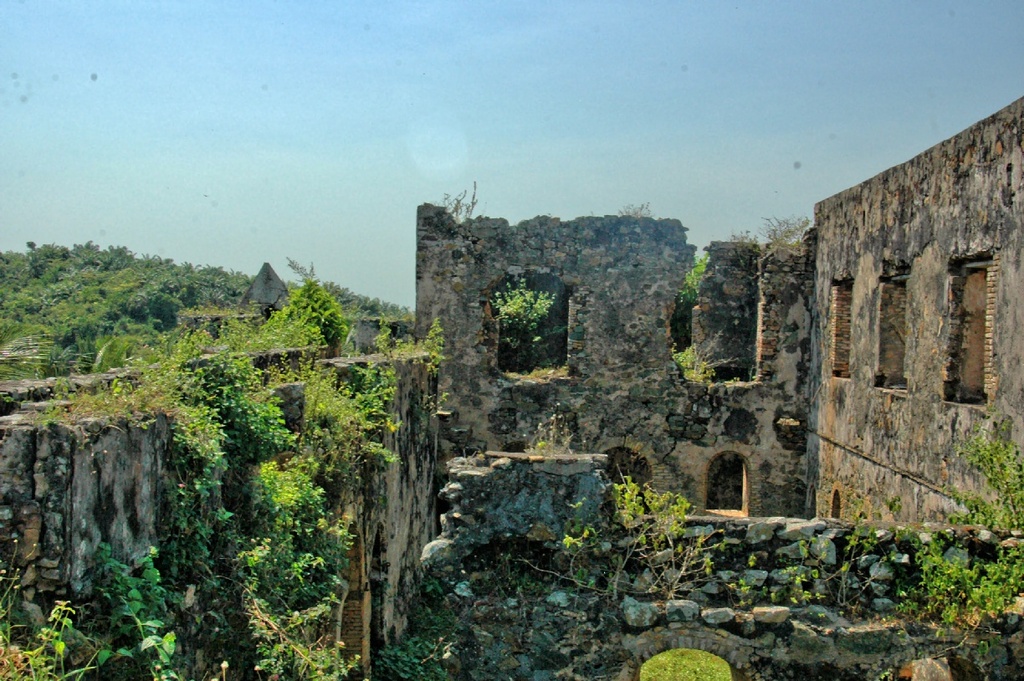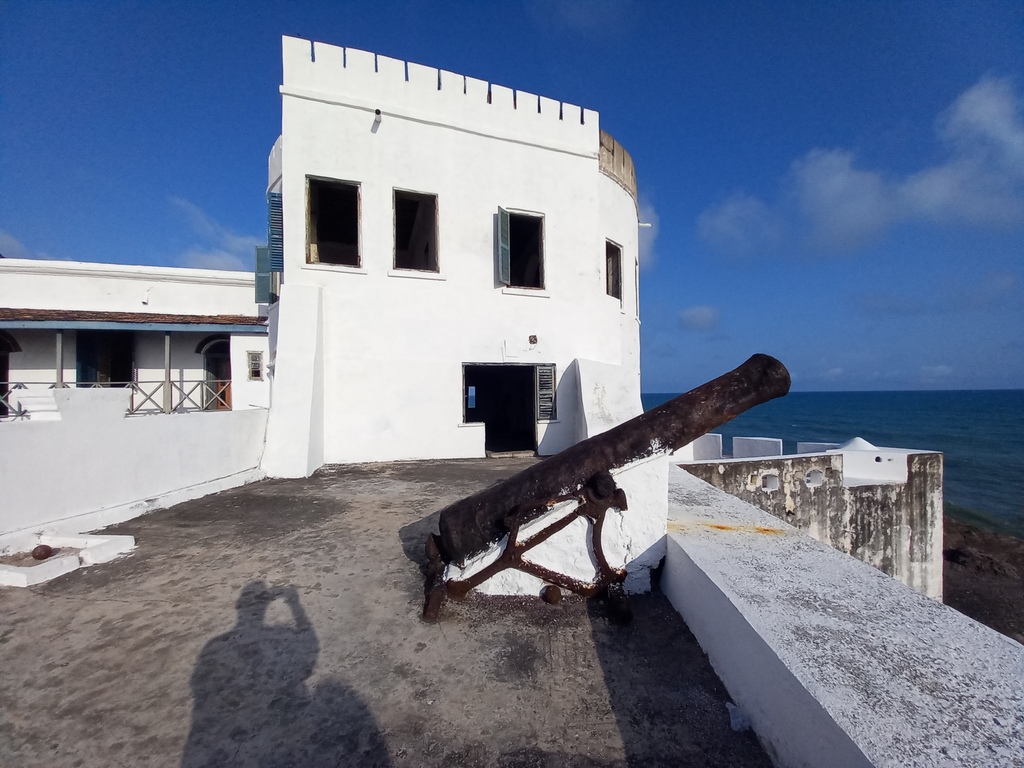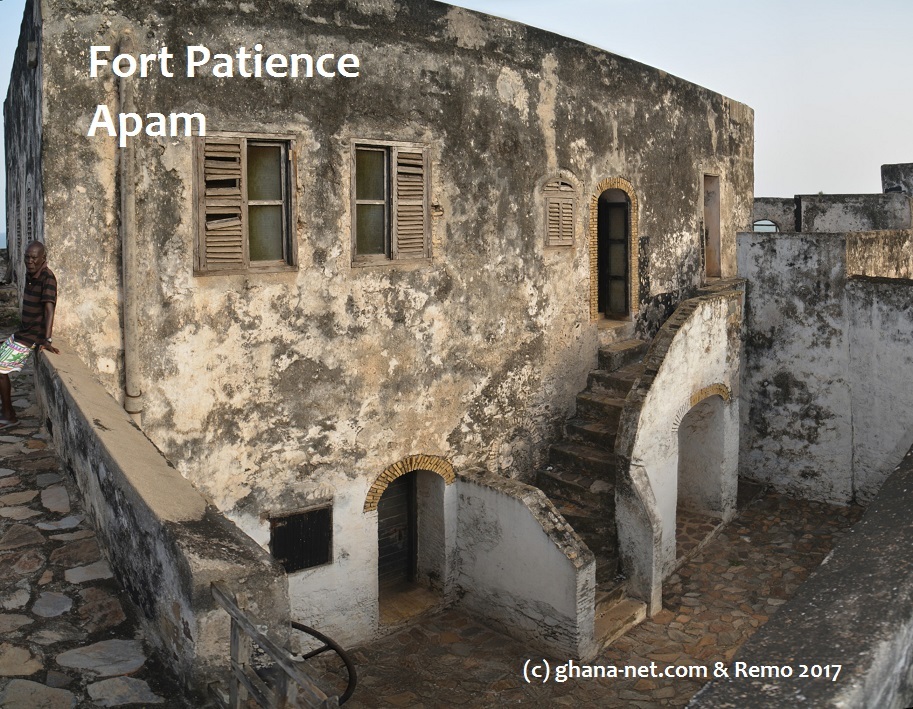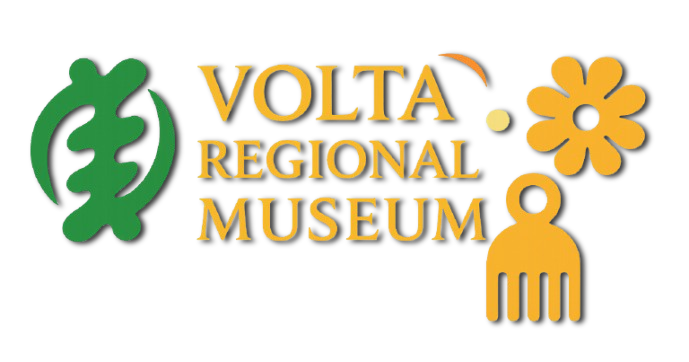Forts, Castles & Landmarks by region of Ghana

No1
Fort Metal Cross – Dixcove
(Western Region)
British fort used for gold and slave trade. Strategically built to dominate the coastline.. (Kept some up, due to private initiatives)

No2
Fort Batenstein – Butre
(Western Region)
Dutch fort built on a hill in 1656. Overlooks the village of Butre with panoramic views. (Lokals maintain the fort)

No3
Fort Orange – Sekondi
(Western Region)
Dutch, later British. Served as a trading post and later as prison and lighthouse. GMMB rot!

No4
Fort San Sebastian – Shama
(Western Region)
Built by the Portuguese, later taken by the Dutch and British. Played a role in the trans-Atlantic slave trade..

No5
Fort St. Anthony (Santo Antonio) – Axim (Western Region)
One of the earliest forts, built by the Portuguese and later occupied by the Dutch.

No6
Fort Apollonia – Beyin
British fort on the far west of Ghana’s coast. Supported trade and protected colonial interests.

No7
Fort Gross Friedrichsburg – Princes Town (Western Region)
Built by the Brandenburg-Prussians in the 17th century. Unusual among Ghanaian forts for its German origin.

No8
Fort Dorothea – Akwidaa
(Western Region)
A small Prussian fort that supported Fort Friedrichsburg across the coast.

No9
Christiansborg Castle (Osu Castle) – Osu, Accra
Danish-built, later British. Used as Ghana’s seat of government for much of its history. Now partly a museum.

No11
James Fort – Jamestown, Accra
British fort from the 17th century. Served as a trading post and later a colonial prison, Ghana prison. Closed as of now. GMMB rot!

No12
Fort Augustaborg – Teshie (Greater Accra)
Danish fort built in the 18th century. Now in ruins, and hardly to locate. Use locals to guide you. Near an old chief palace. GMMB rot!

No13
Fort Fredensborg – Old Ningo (Greater Accra)
Danish fort used in trade. Abandoned in the late 19th century. Traces to find. GMMB rot!

No16
Kumasi Fort and Military Museum – Kumasi
Originally built by the Asantehene in 1820, destroyed during the Anglo-Asante war, and rebuilt by the British in 1897. Now a military museum with historical exhibits. Kept up due to Army involvement.

No17
Elmina Castle (St. George’s Castle) – Elmina (Central Region)
The oldest European structure in sub-Saharan Africa, built by the Portuguese in 1482. Major site in the trans-Atlantic slave trade..

No18
Cape Coast Castle – Cape Coast (Central region)
A large British fort used for slave trading and colonial administration. Now a major museum and historical site..

No19
Fort William – Cape Coast (Central Region)
A hilltop fort that provided defense and lookout; served as a lighthouse in later years.

No20
Fort Victoria – Cape Coast (Central Region)
A smaller watchtower and defensive post built by the British to protect Cape Coast Castle..

No21
Fort Amsterdam – Abandze (near Kormantin) (Central Region)
Originally built by the Dutch, later taken by the British. Active in slave trade operations.

No22
Fort Patience (Fort Lijdzaamheid) – Apam (Central Region)
Built by the Dutch, known for its strong walls and commanding view over Apam harbor..

No23
Fort Good Hope (Goede Hoop) – Senya Beraku (Central Region)
Dutch fort constructed to control trade routes and local trade networks.

No24
Fort Nassau – Moree
One of the earliest Dutch forts on the coast; part of early trading systems..

No25
Fort William (Anomabu) – Anomabu (Central Region)
Different from the Cape Coast fort; part of British fortifications in Anomabu.(Anamabo). Not far from Cape Coast and the most important castle at the Gold Coast!

No26
British Fort Komenda – Komenda (Central Region), not very far from Elmina)
Built by the British during their rivalry with the Dutch. Used in slave and gold trade.

No27
Dutch Fort Vredenburgh (Komenda) – Komenda (close to British fort!)
Built by the Dutch on the opposite bank of the river from the British fort. The two forts often exchanged fire. Full ROT by GMMB!.

No28
Suspension Bridge, between Elmina and Takoradi. British Gold Coast 1930s.

No29
1824 - 1905 War Cemertery at Cape Coast, closse to Cape Coast Castle. British-Ashanti Wars. A full neglect by GMMB!

No30
1880s Gold Coast Court building, opposite 1824 War Cemetery! A full rot and crumble under GMMB eyes!

















